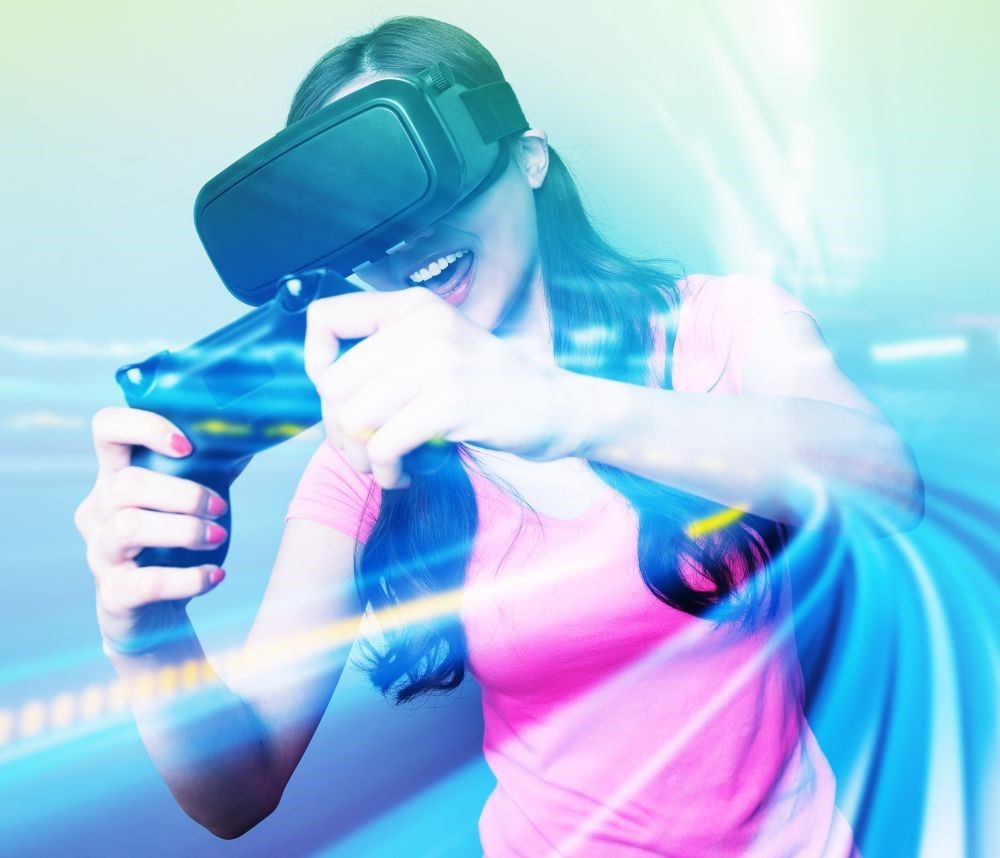
Blog
Next-gen game technologies
The gaming industry has significantly changed since William Higinbotham created the first game in the word – Pong - back in 1958. Many individuals and companies have built better and better games since then, and the number of people who demand next-level gaming experiences continues to grow.
Everything starts with the fierce race for better game graphics. It is known that better graphics require better CPUs and much faster video cards, though, so most developers had to wait until the available hardware was fast enough. Others implemented clever programming techniques, which helped them create impressive titles than ran smoothly even on regular computers.
Character animations have been significantly improved as well. Back in the day, modelers used vertex-based animations for their characters. It worked, but the resulting 3D models had huge sizes and utilized large amounts of RAM memory, because each animation frame was loaded individually. Bone-based animations are much more efficient; they provide realistic looking animations, and since they use much less memory, developers can afford to use BIP 3D character animation packs that include hundreds of frames per motion, without affecting the frame rate.
We can't ignore physics engines, which made sports games, combat games, explosion effects, and so on, look very realistic. Physics-based objects utilize a lot of CPU power, but fortunately today's processors can easily keep up with the increased demand. Not only that, but software development kits such as Nvidia's PhysX allow dedicated 3D video cards to take over and run the needed physics code whenever it is necessary, thus freeing the CPU and allowing it to take care of the other game-related tasks.
Multiplayer coding has evolved as well. While it was almost impossible to play an action game over the Internet only a decade ago, today's client-side movement prediction algorithms do a much better job, allowing people from different continents to play multiplayer games without feeling that they are thousands of miles away from each other.
Huge game worlds have been made possible by the improved hardware and the next generation of game engines. Most RPGs utilize vast, open worlds where you can get lost for days! And since high-end video cards pack a lot of power these days, being able to render billions of polygons per second, it's not a surprise that game developers utilize this power to create detailed outdoor scenes that can easily replicate real-life scenes.
So, what comes next? Let's start by exploring how Virtual Reality (VR) can be of help. With VR, the player is transported straight into the game's universe. Fortunately, head-mounted displays (HMDs) are quite cheap these days, and many of them offer a fantastic gaming experience.
Let's not forget about haptic devices, the perfect complement for HMDs; they've been around for several years now, but they have become much better these days. Tactical Haptics has created a "Reactive Grip Motion Controller", for example. The device looks almost like a regular joystick, but can convey motion and force information by using several sliding plates that are incorporated in the controller's handle.
The Digital Scents technology has had its ups and downs, but it looks like some developers plan to incorporate it into their future games – again! Back in 2012, Aromajoin (a Japanese company) released the Aroma Shooter, a device which was able to reproduce the scents of six different solids. Later on, the same company unveiled the Aroma Shooter Mini, a device which can be controlled using a PC or a smartphone.
It looks like the gaming industry will significantly change in the future. Some industry analysts think that the next generation of game consoles is the last one that people will ever need to purchase. And with Microsoft hinting at its future cloud-based gaming experience, things may move in this direction quite fast. Under these circumstances, all we'd need to play the latest and greatest games are a tiny, underpowered game console, a controller, a huge TV and a solid Internet connection.
The future of the gaming industry looks brighter than ever. So, let's hope that the developers won't disappoint us again by releasing half-baked titles...